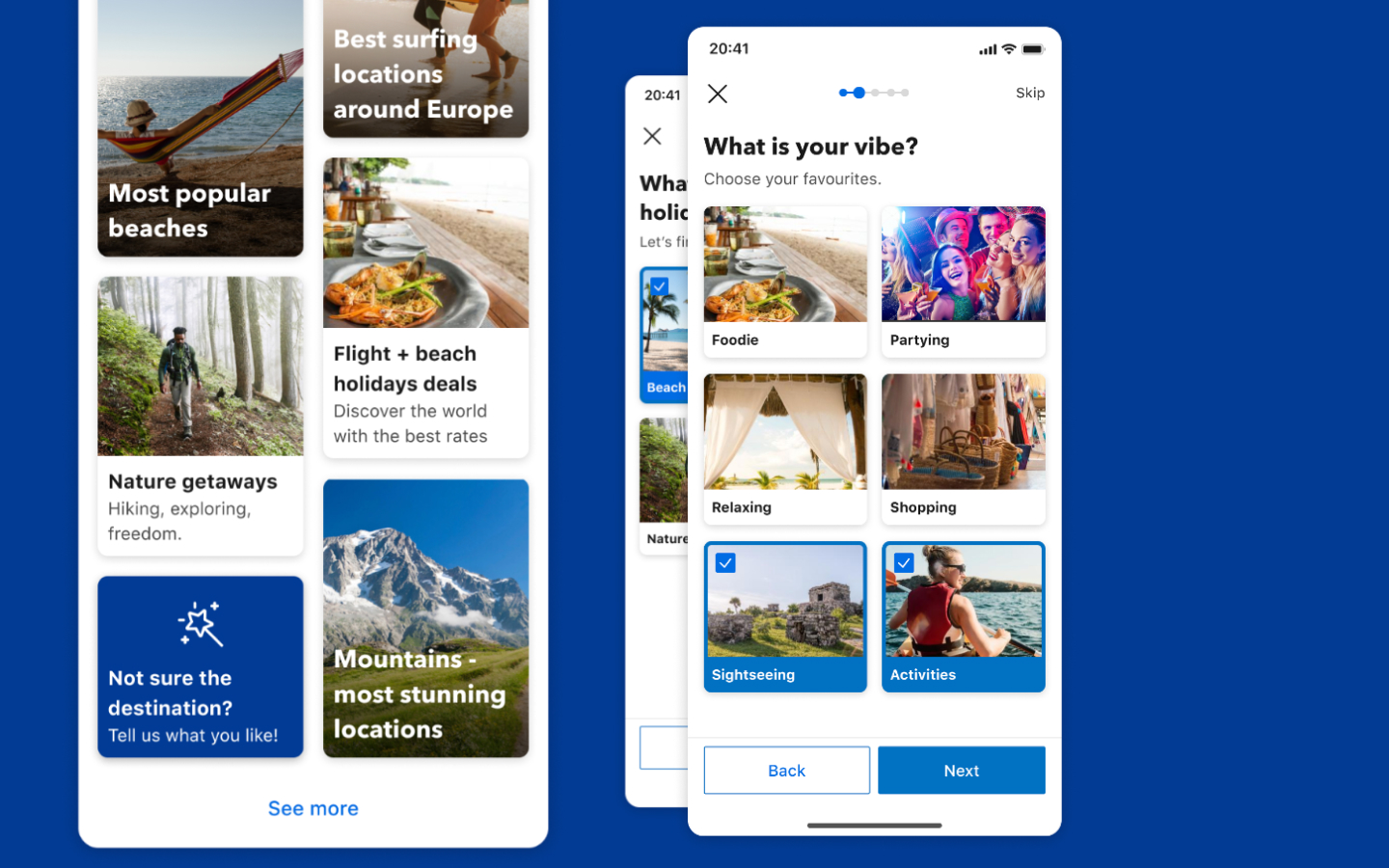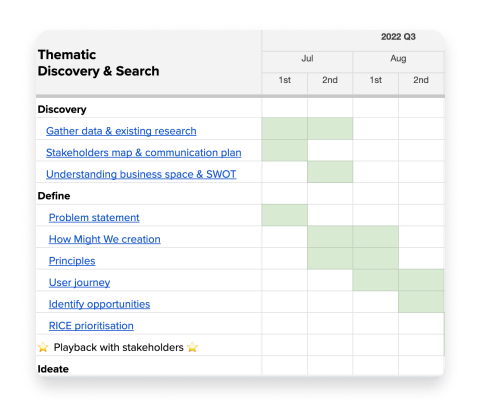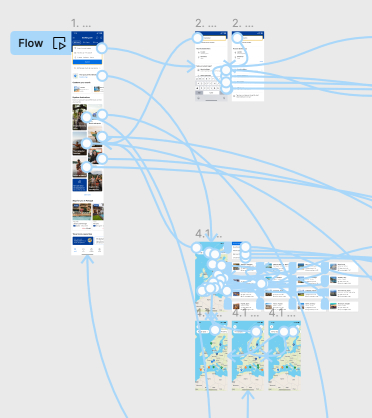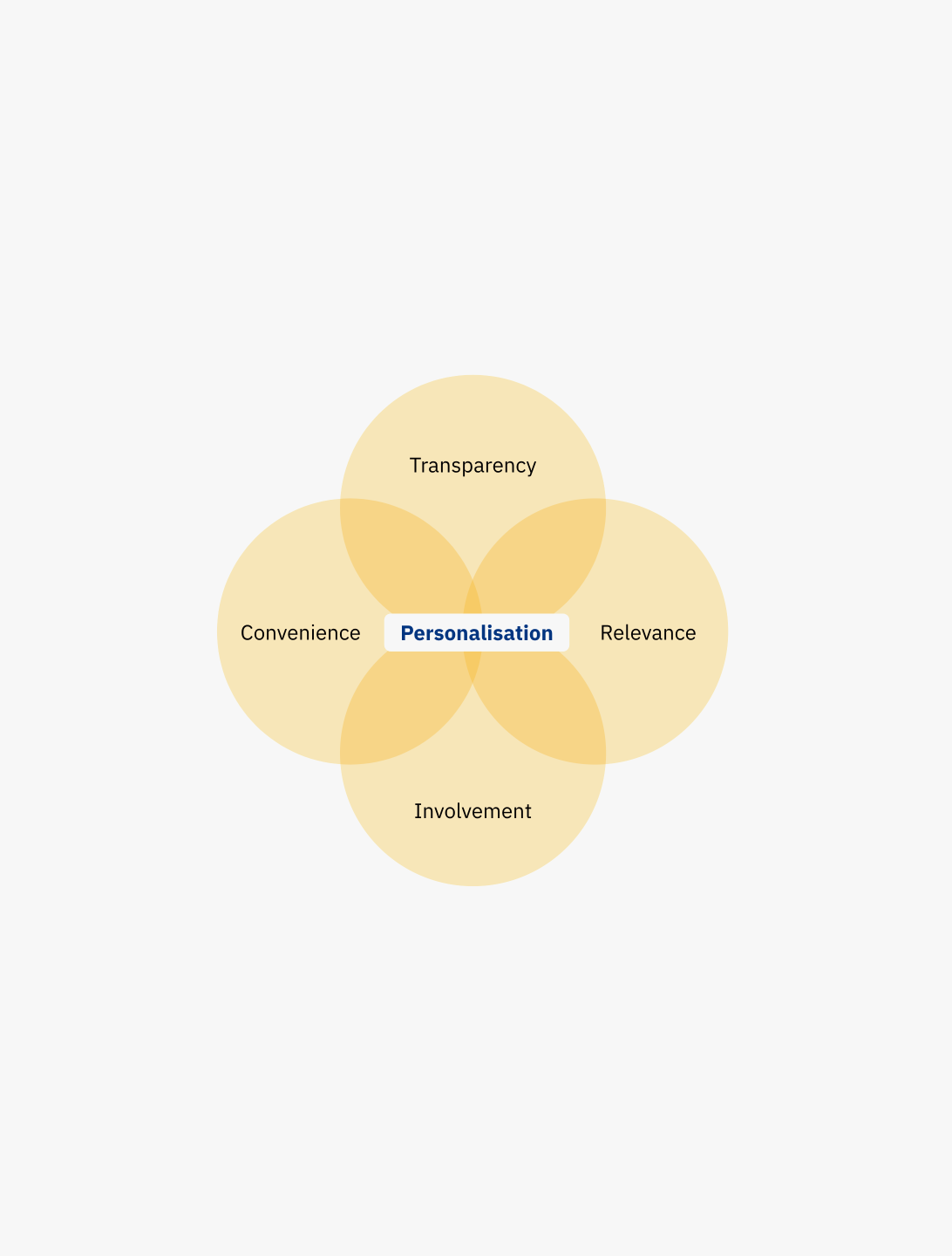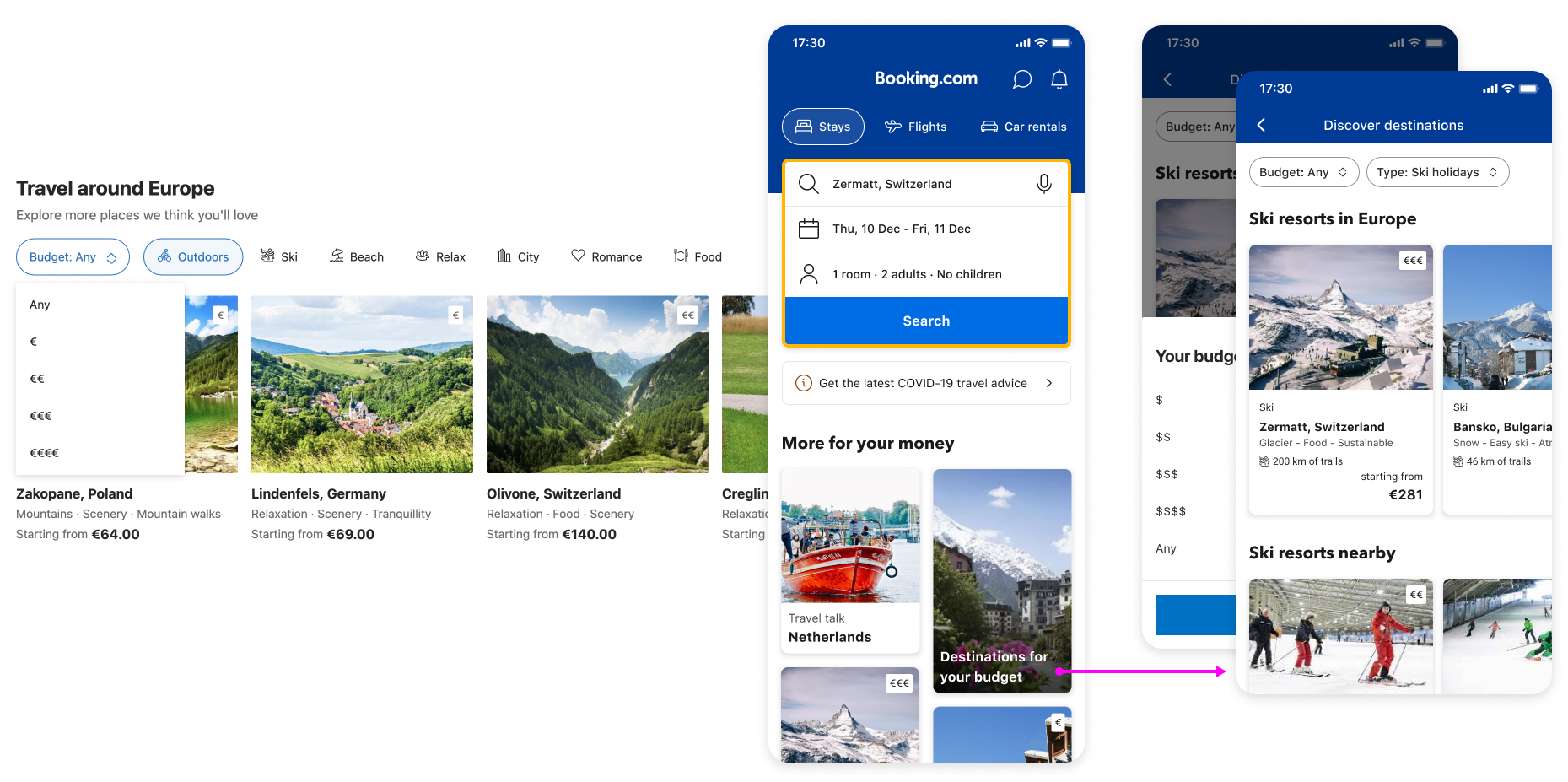
Thematic discovery & search
Frameworks, techniques & tools used:My role:
Leading 3-person UX team (UX Designer, Researcher, UX writer) to envision and execute 0 to 1 product for destination discovery.
Worked with:
Product designers, Group and Senior Product managers, Machine Learning & Data Science analists, Directors of Design, Product and Tech, Engineers from 3 teams, Product Marketing Managers, UX Community
